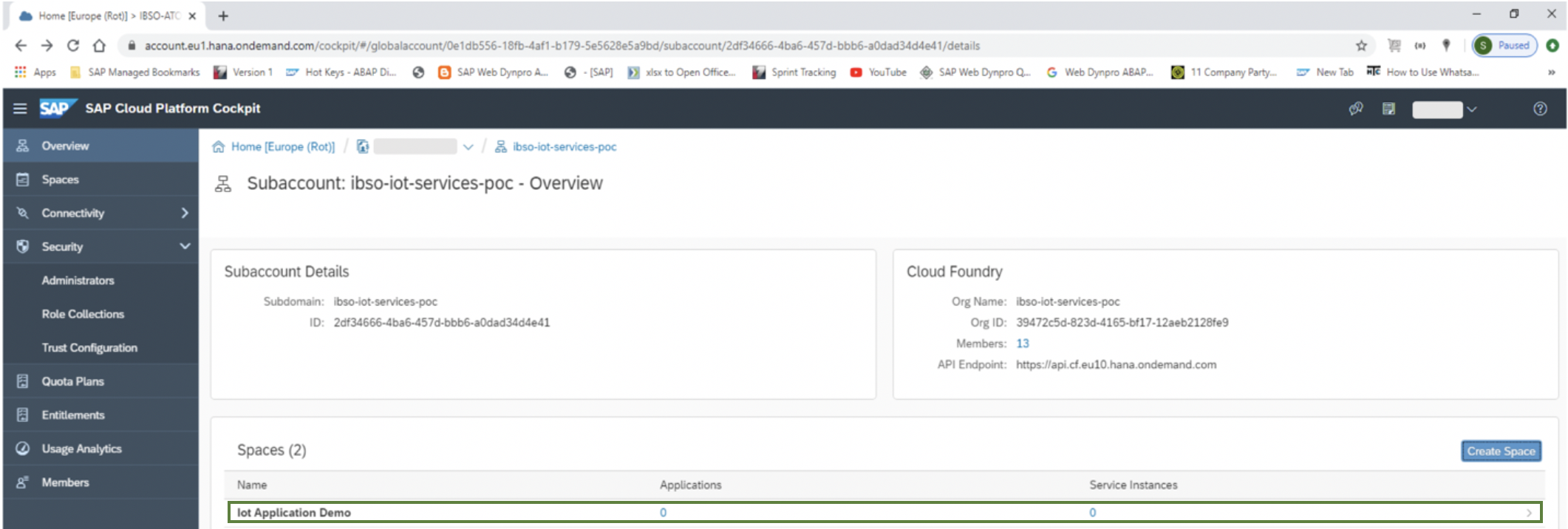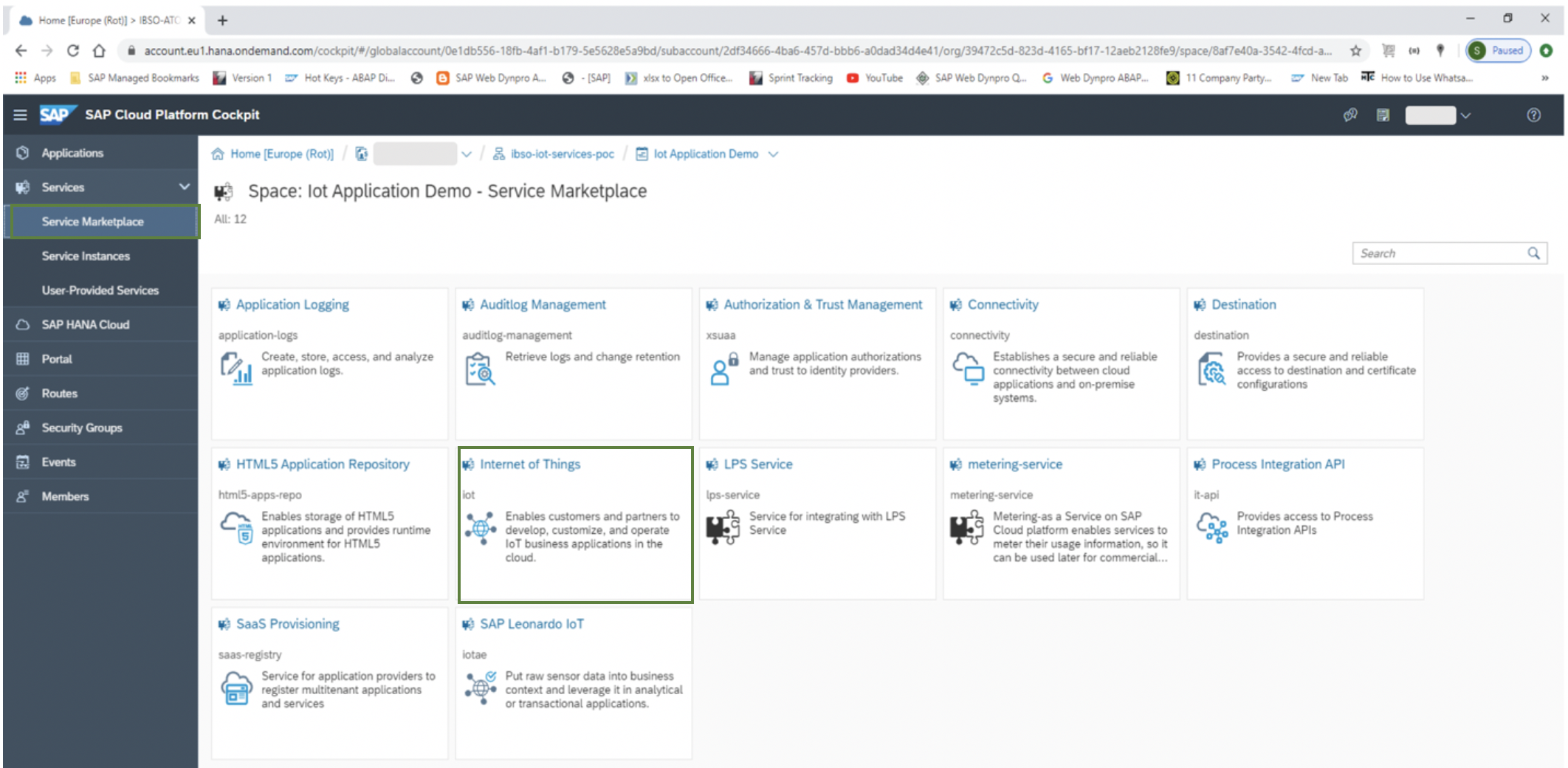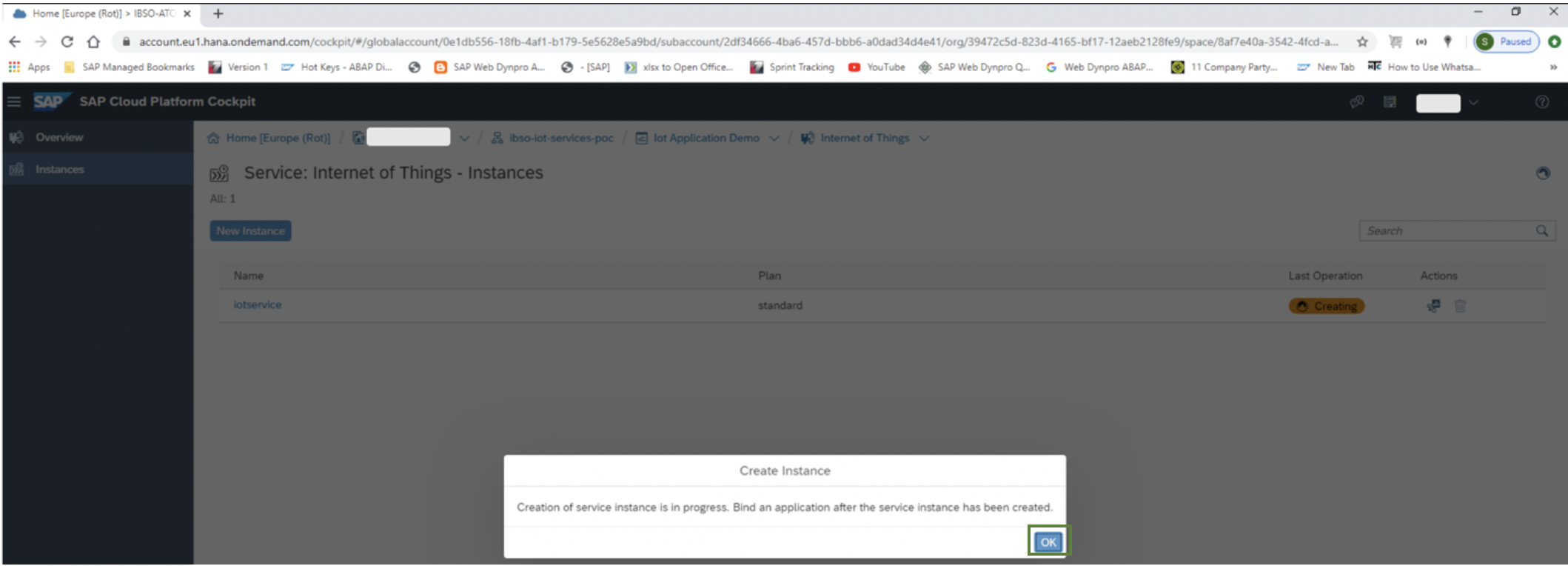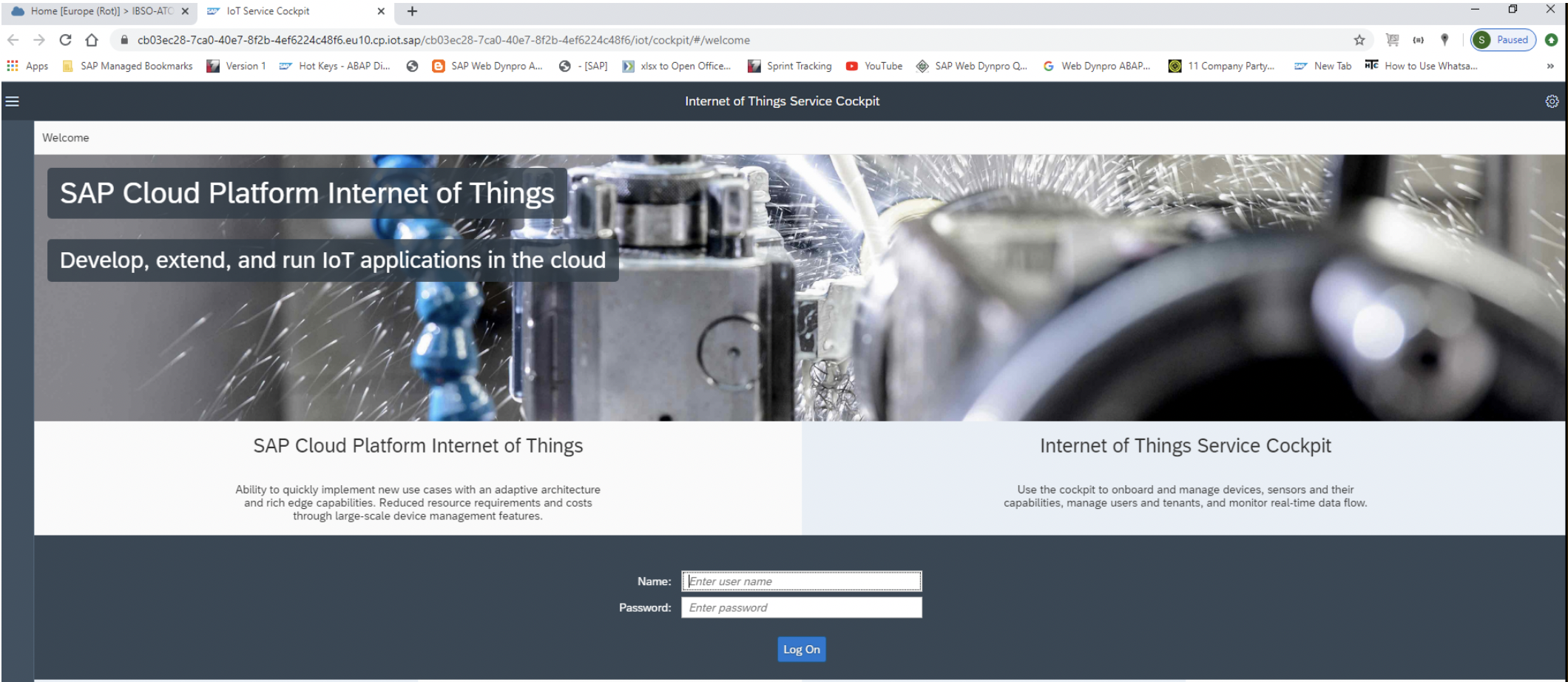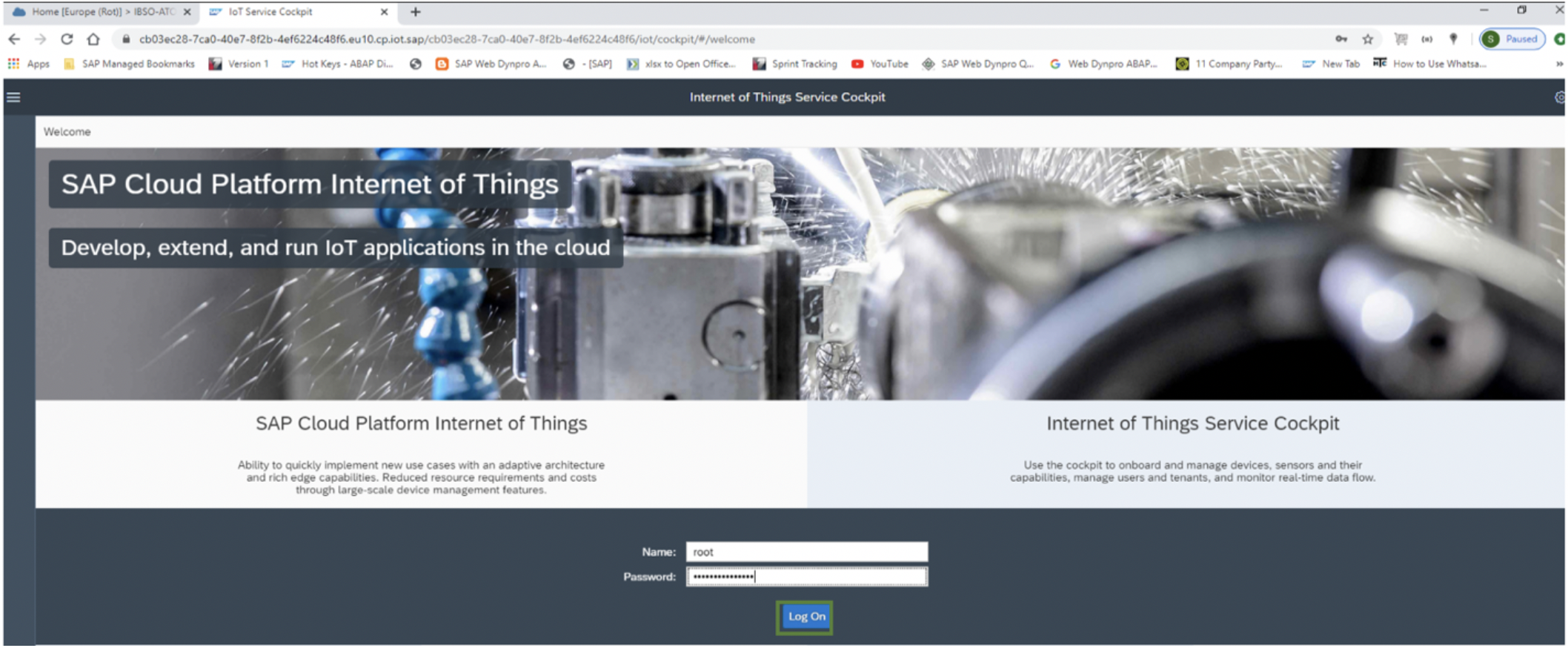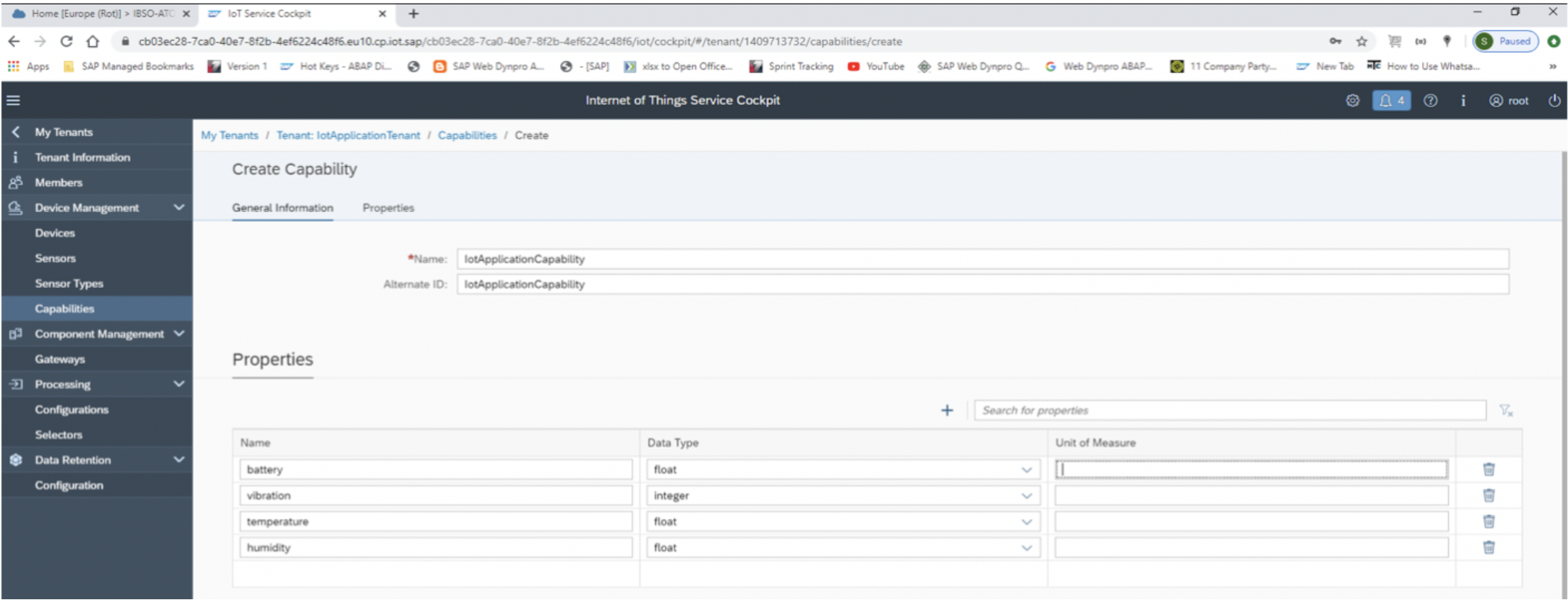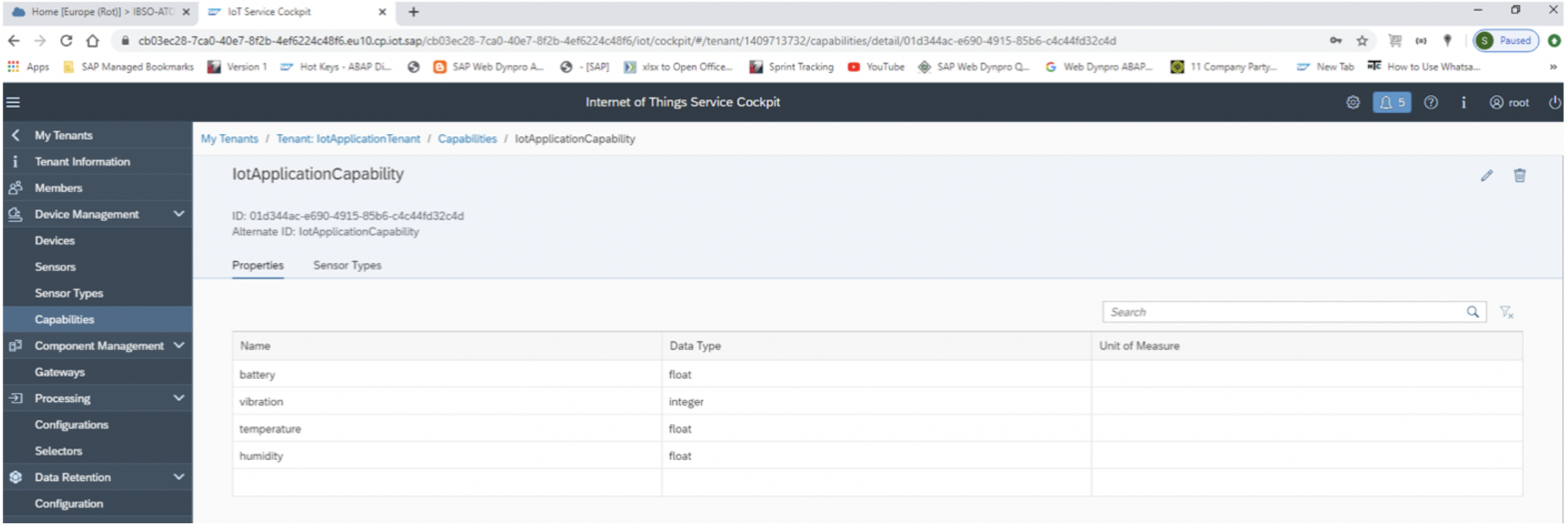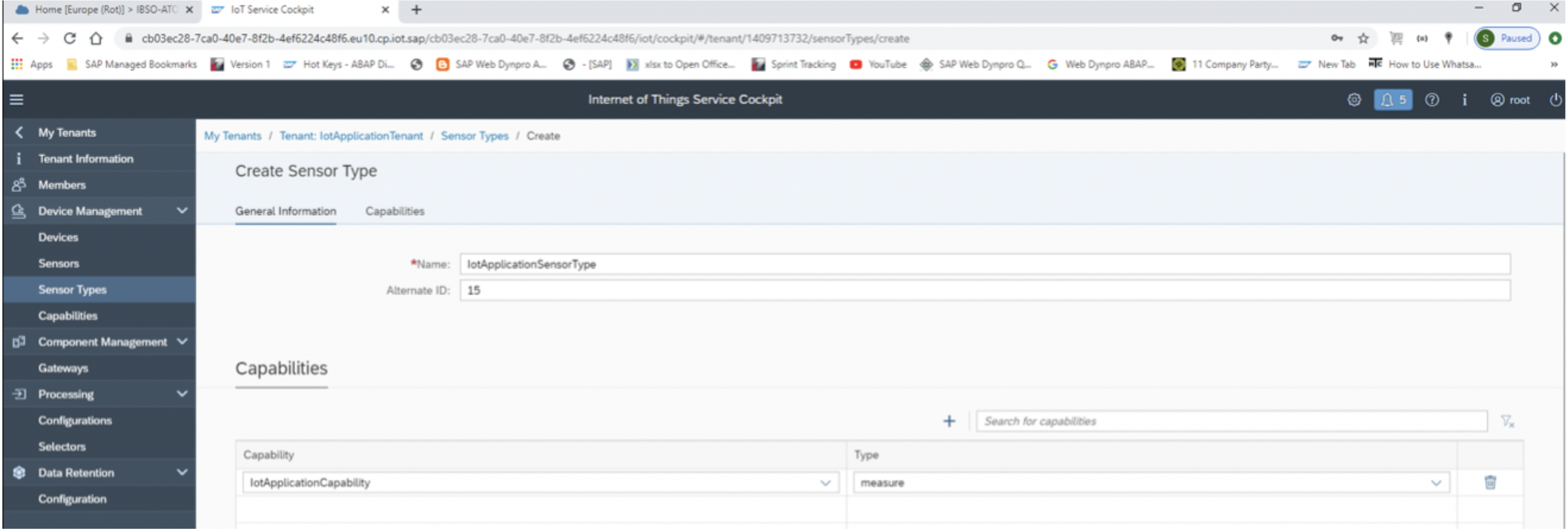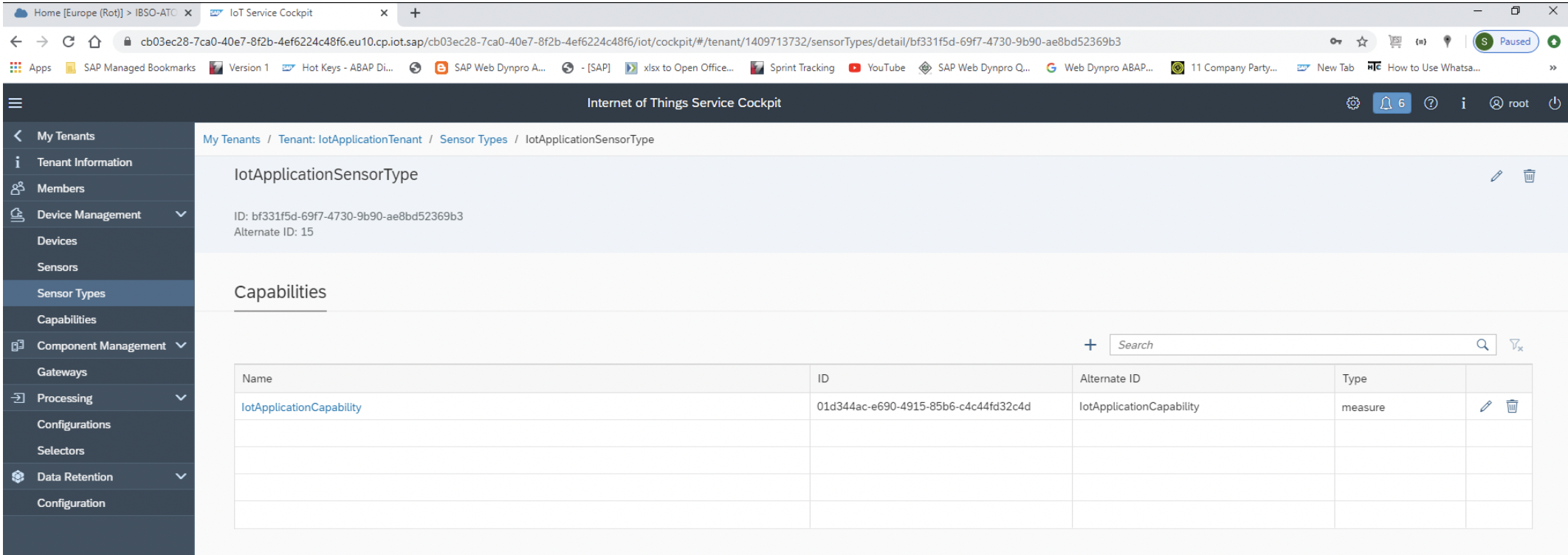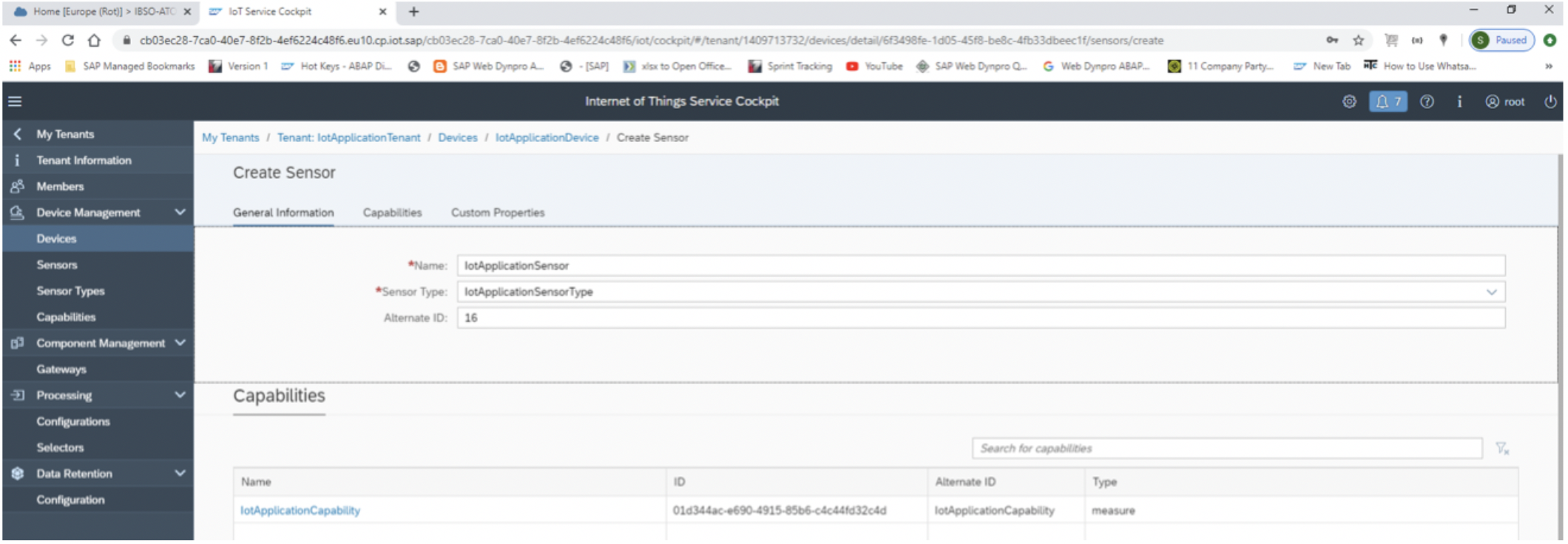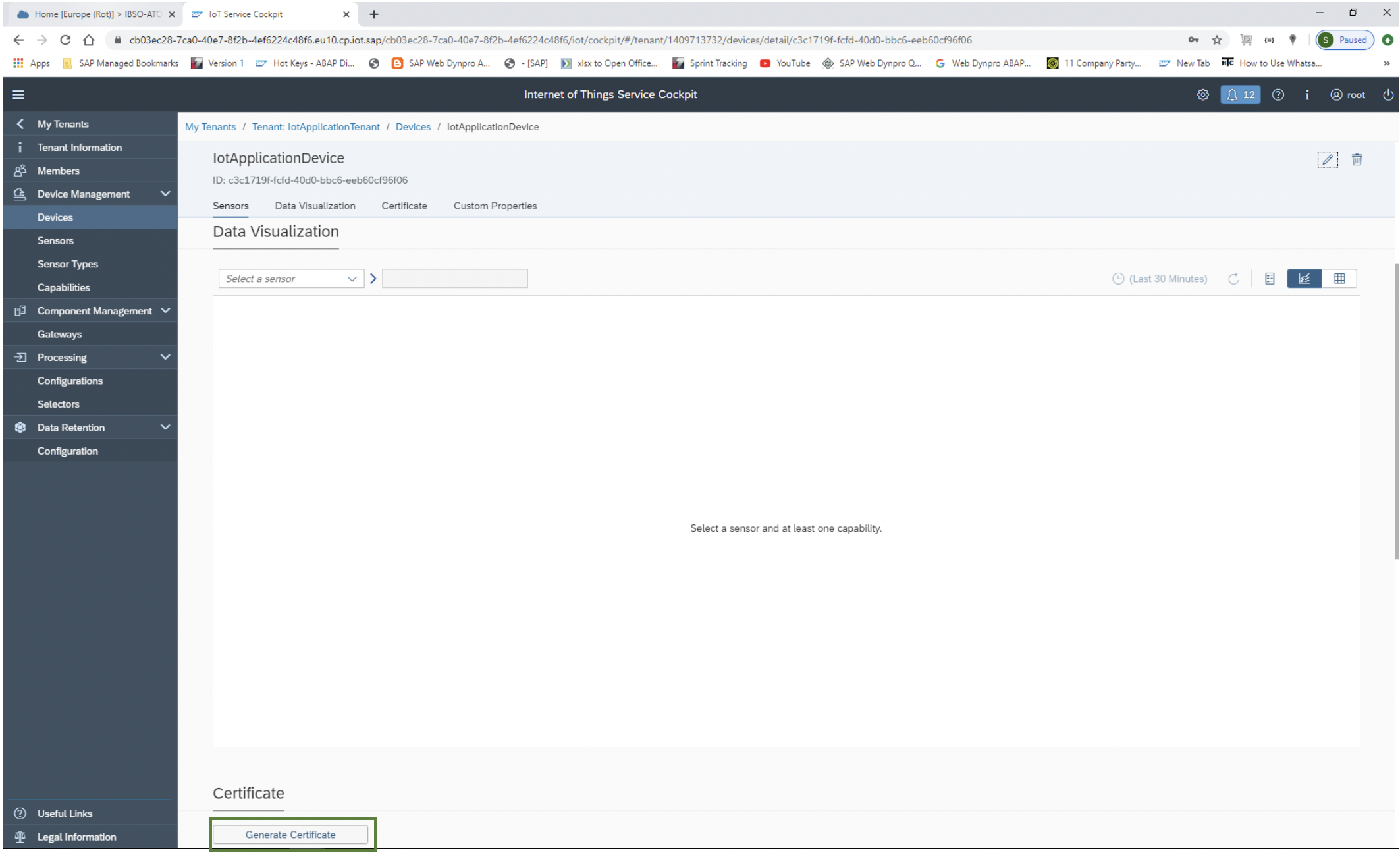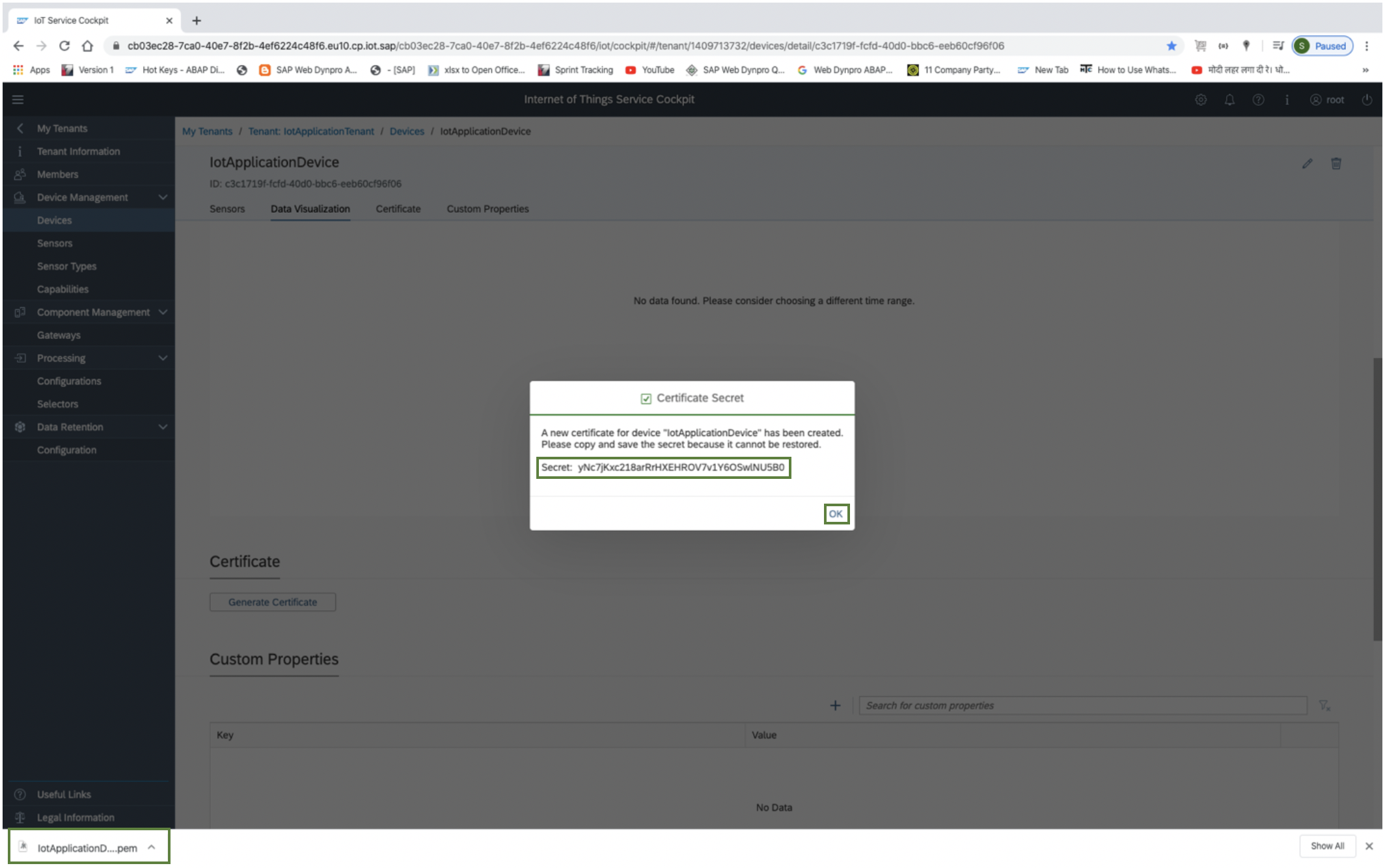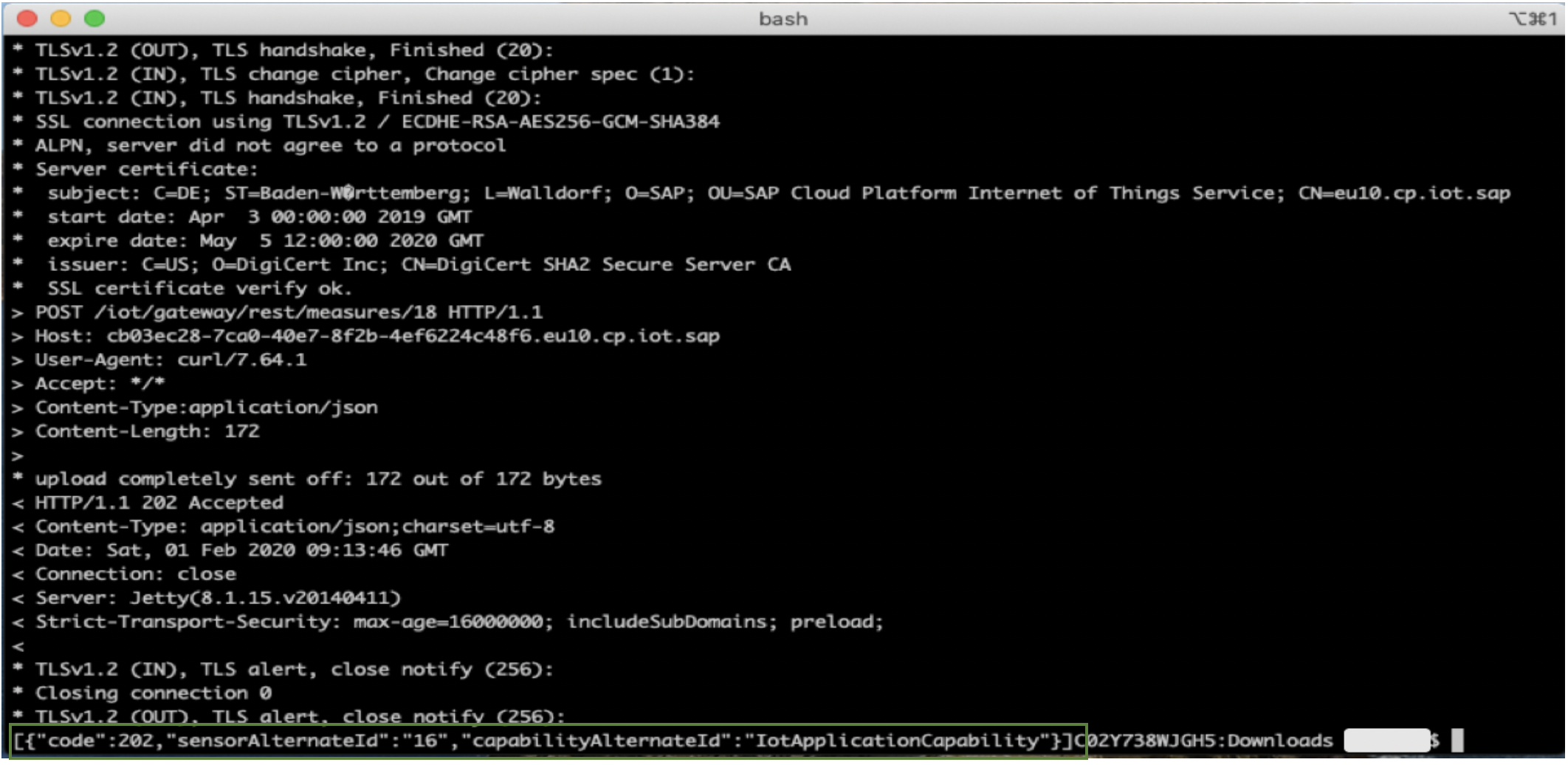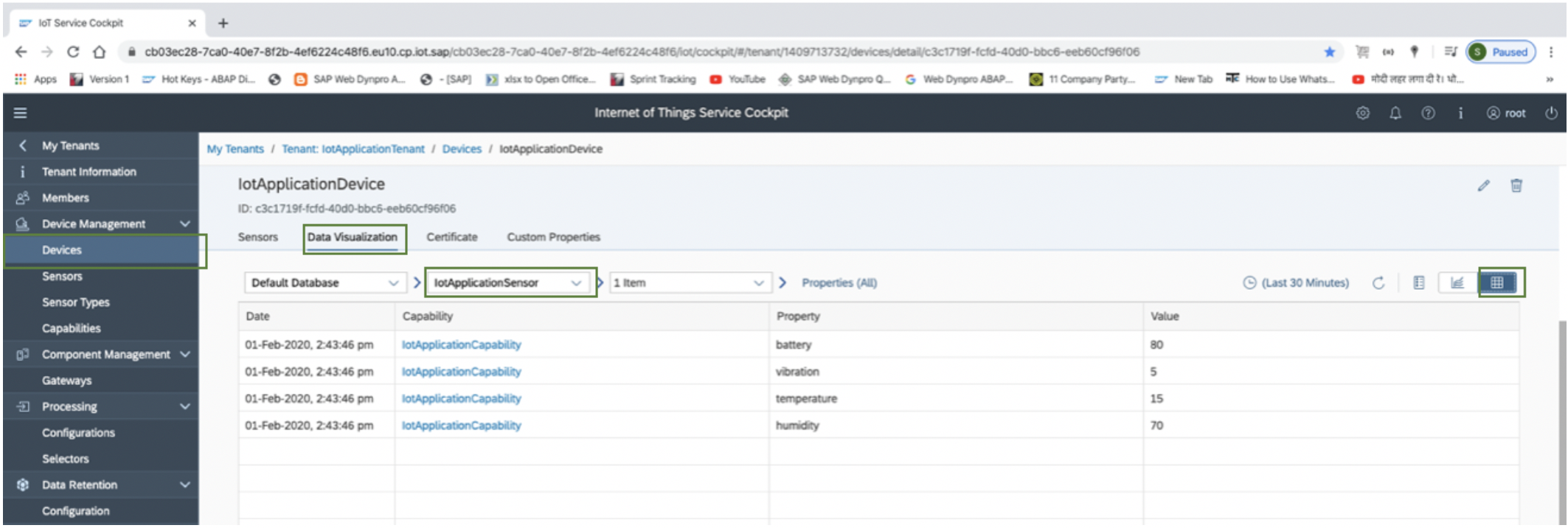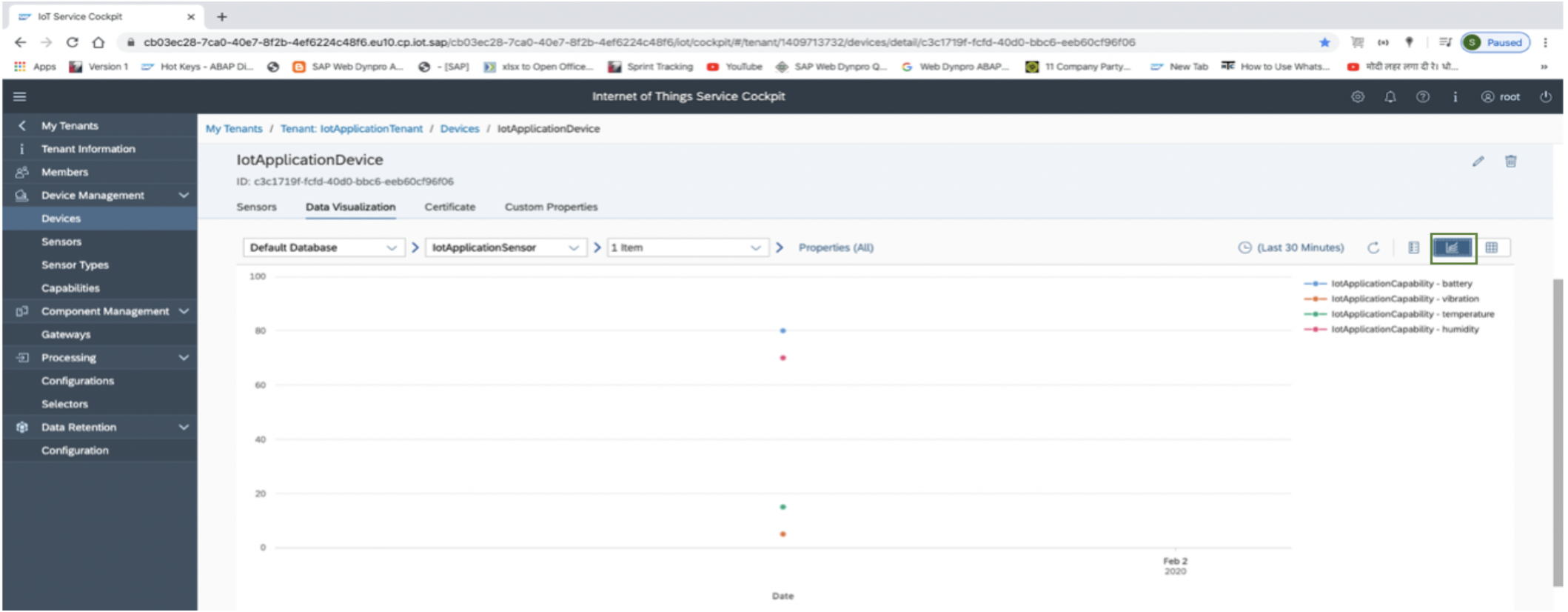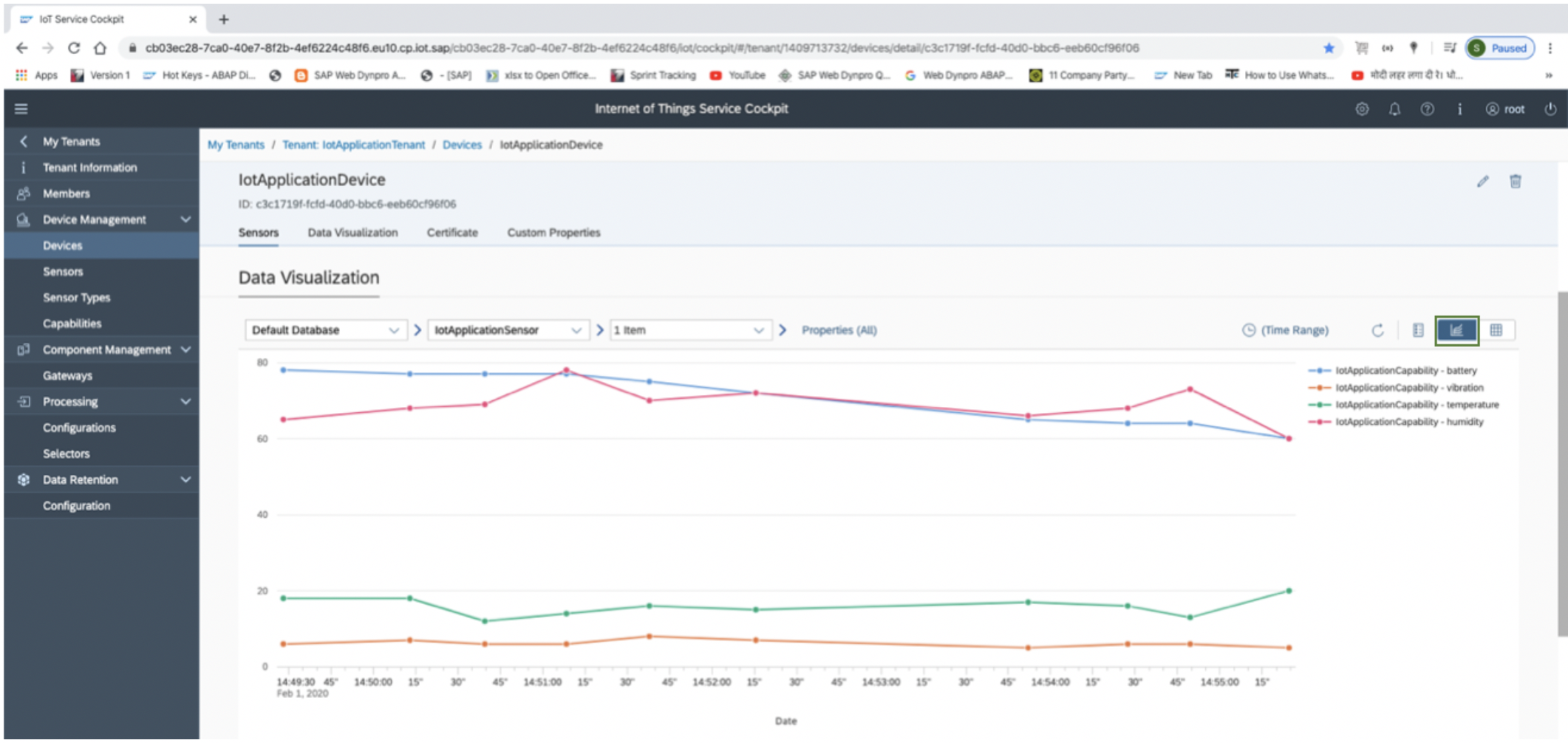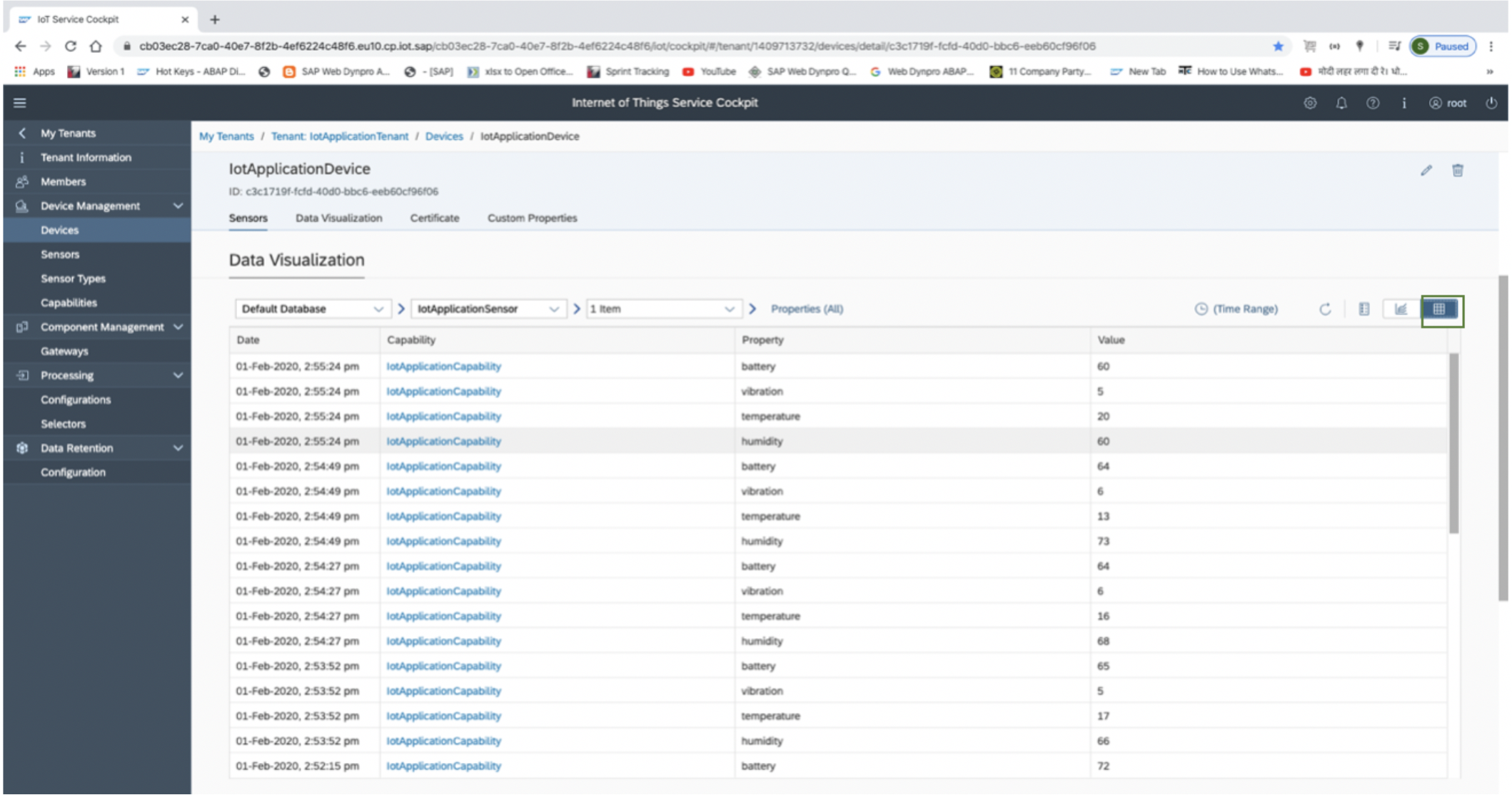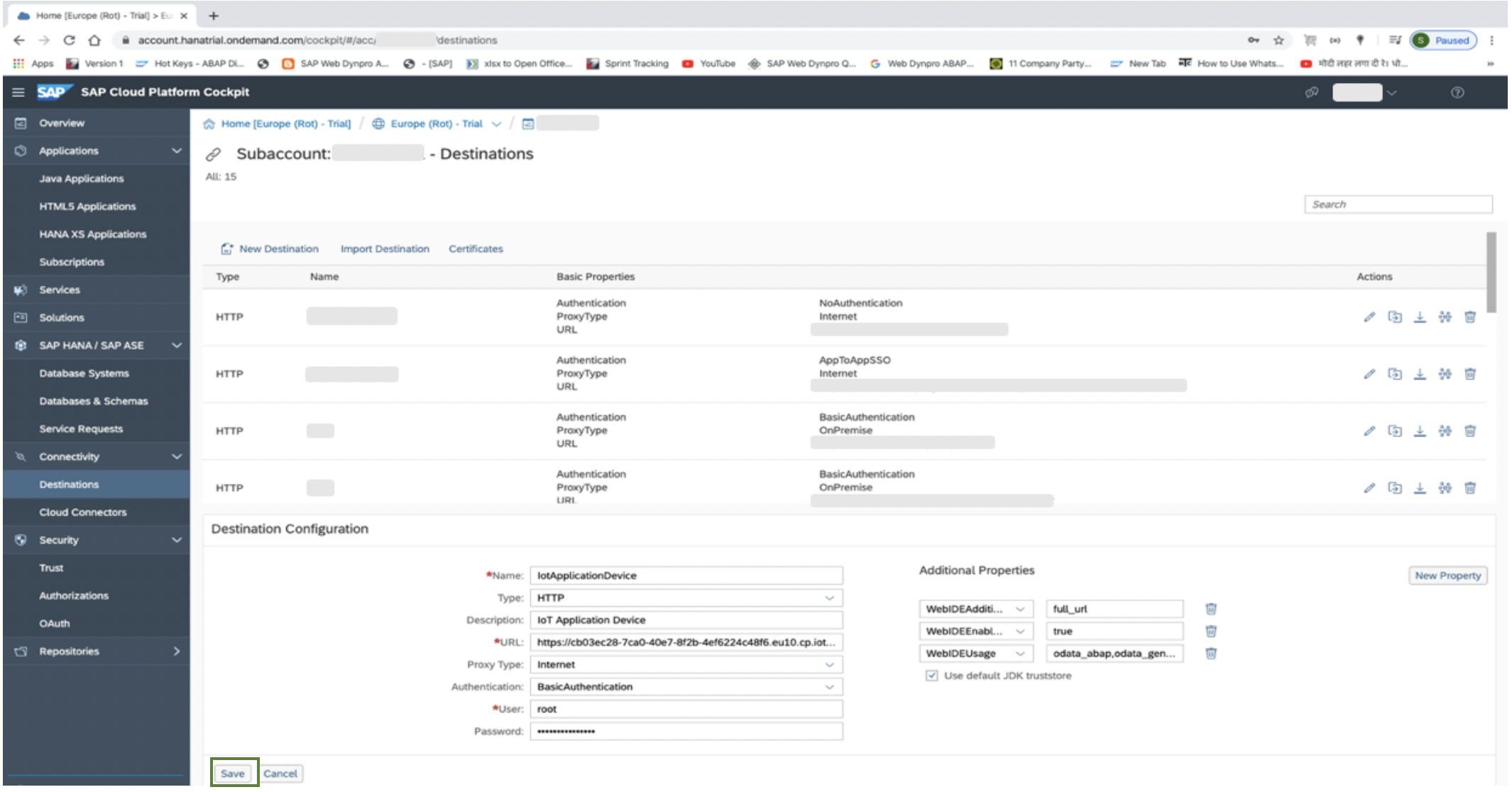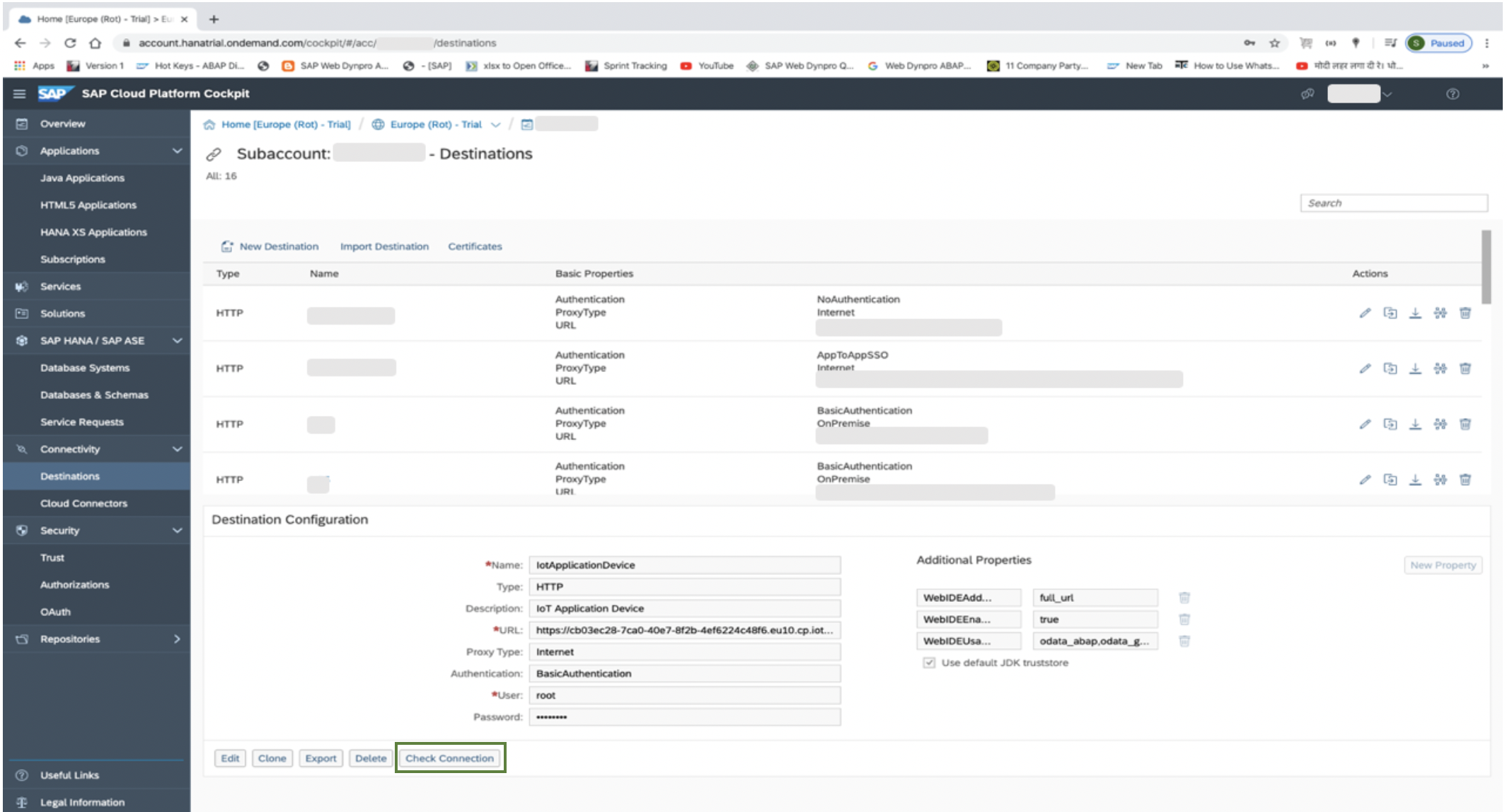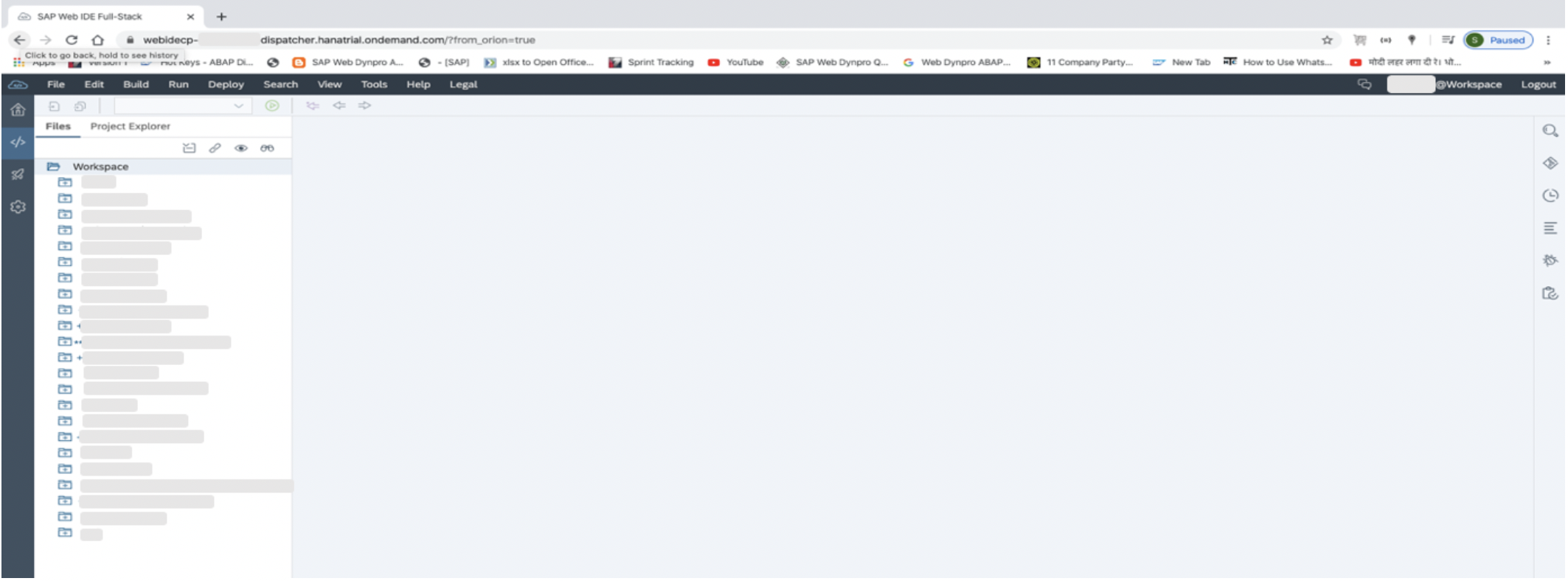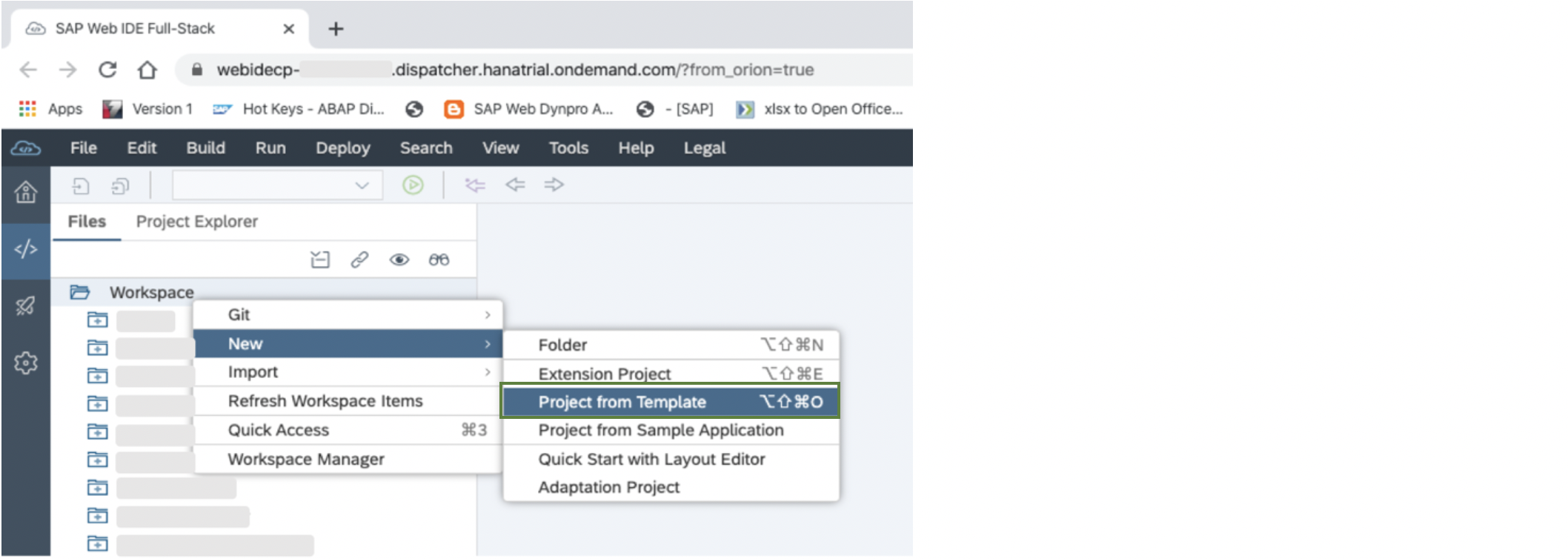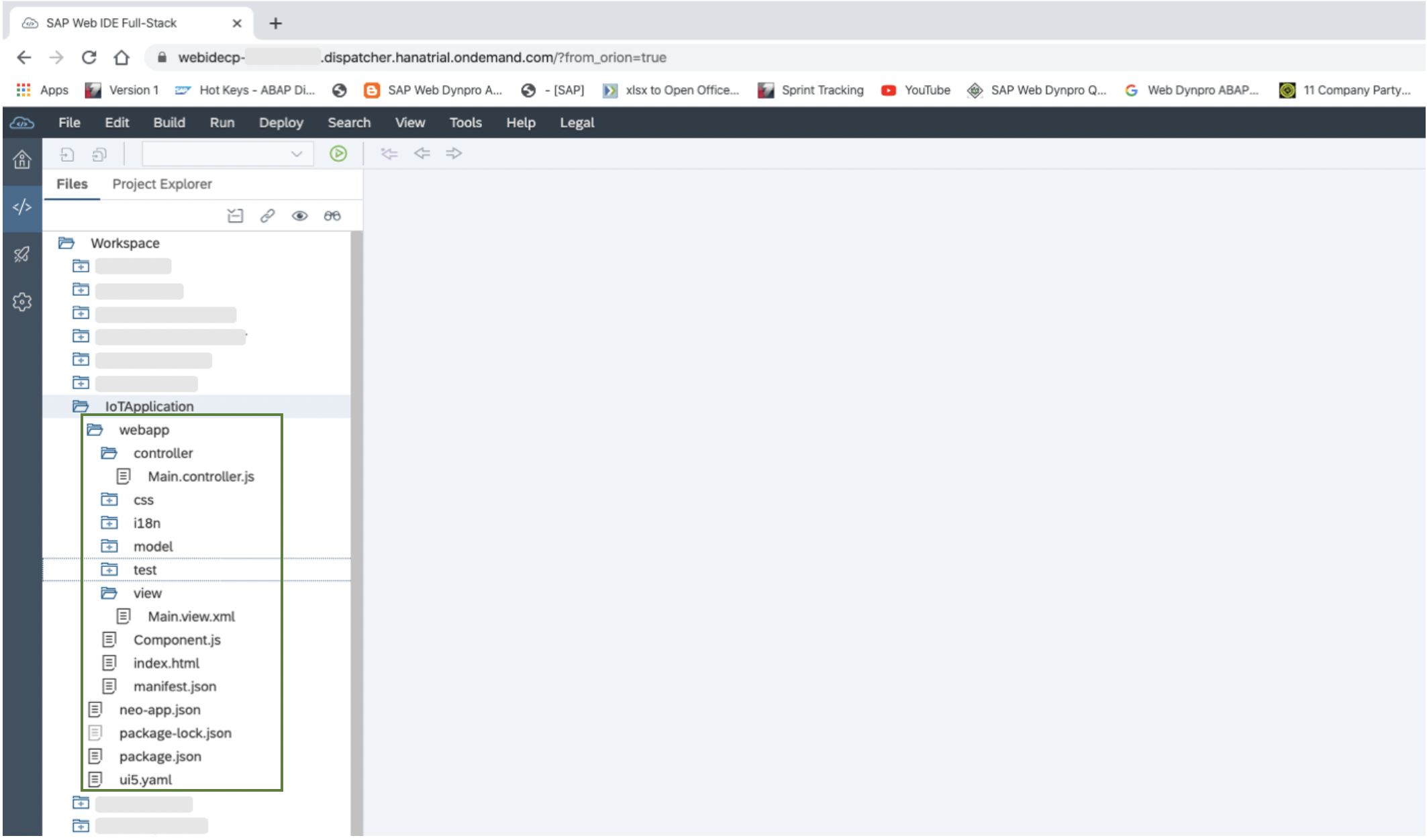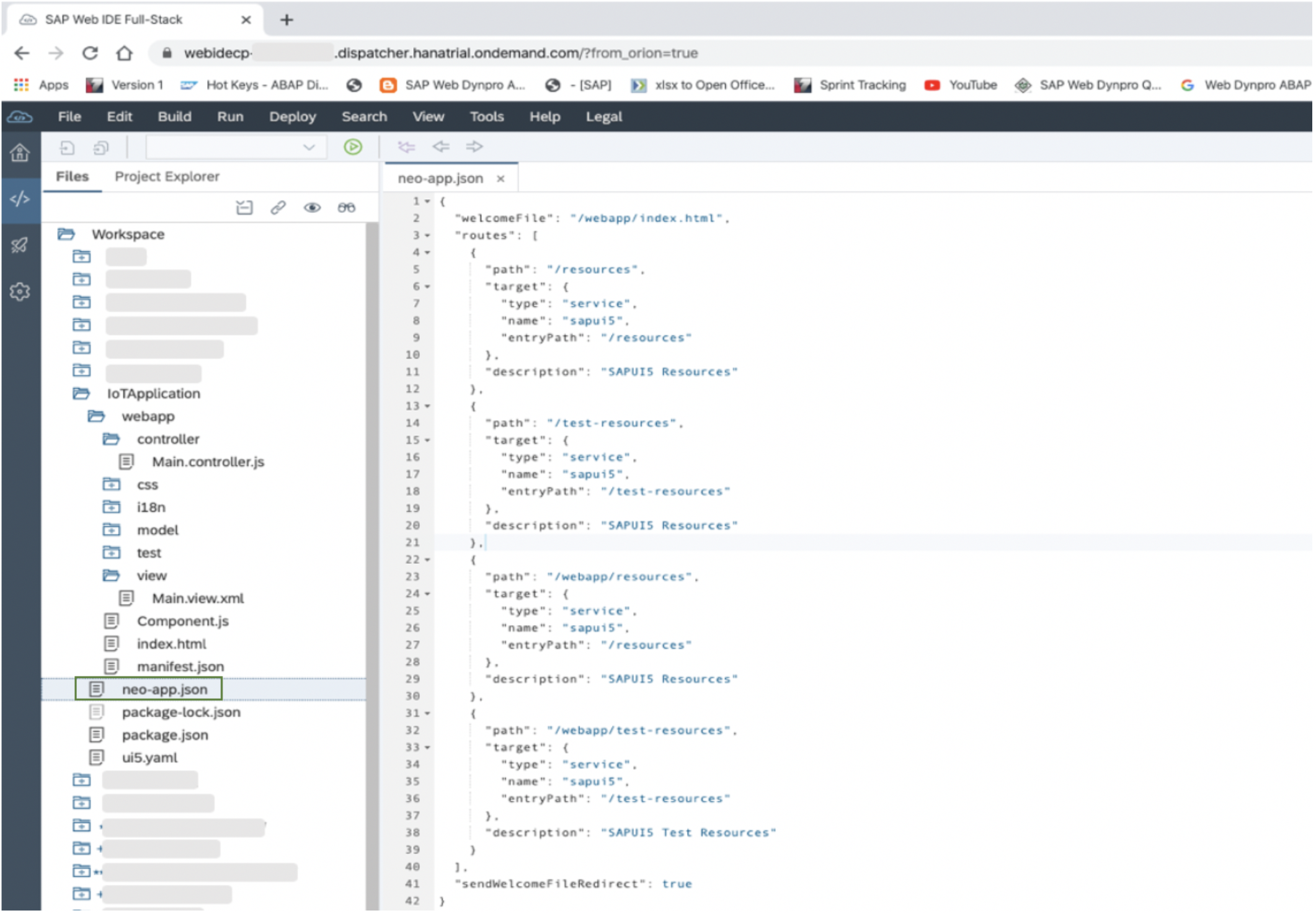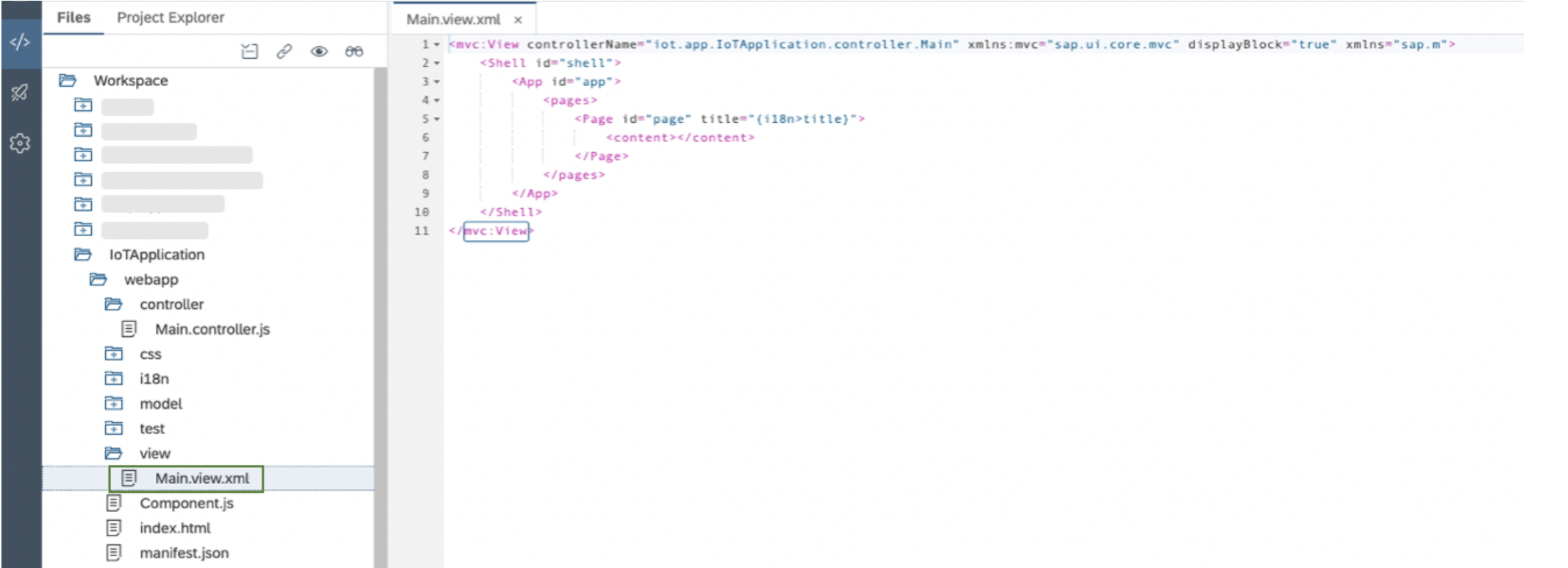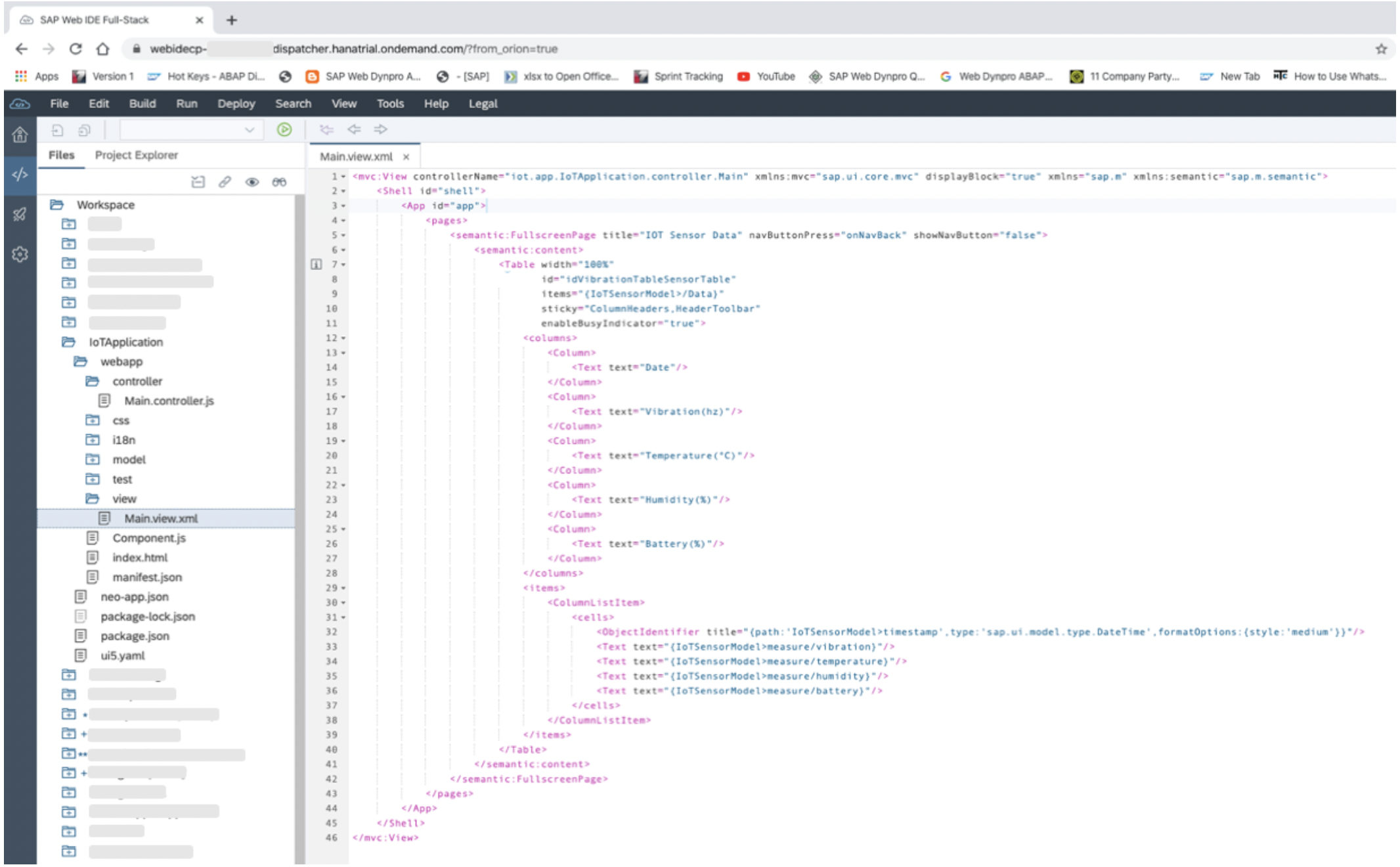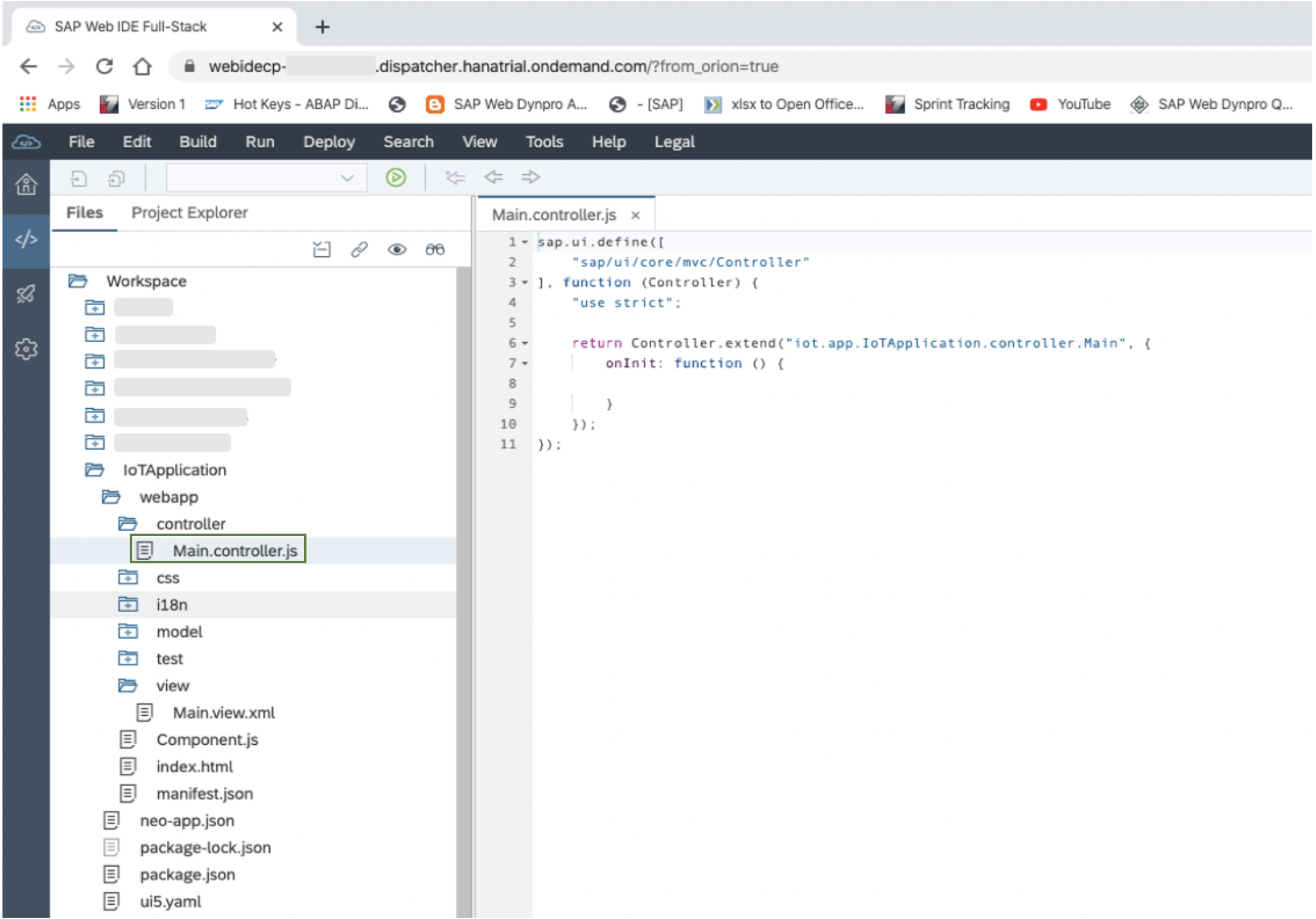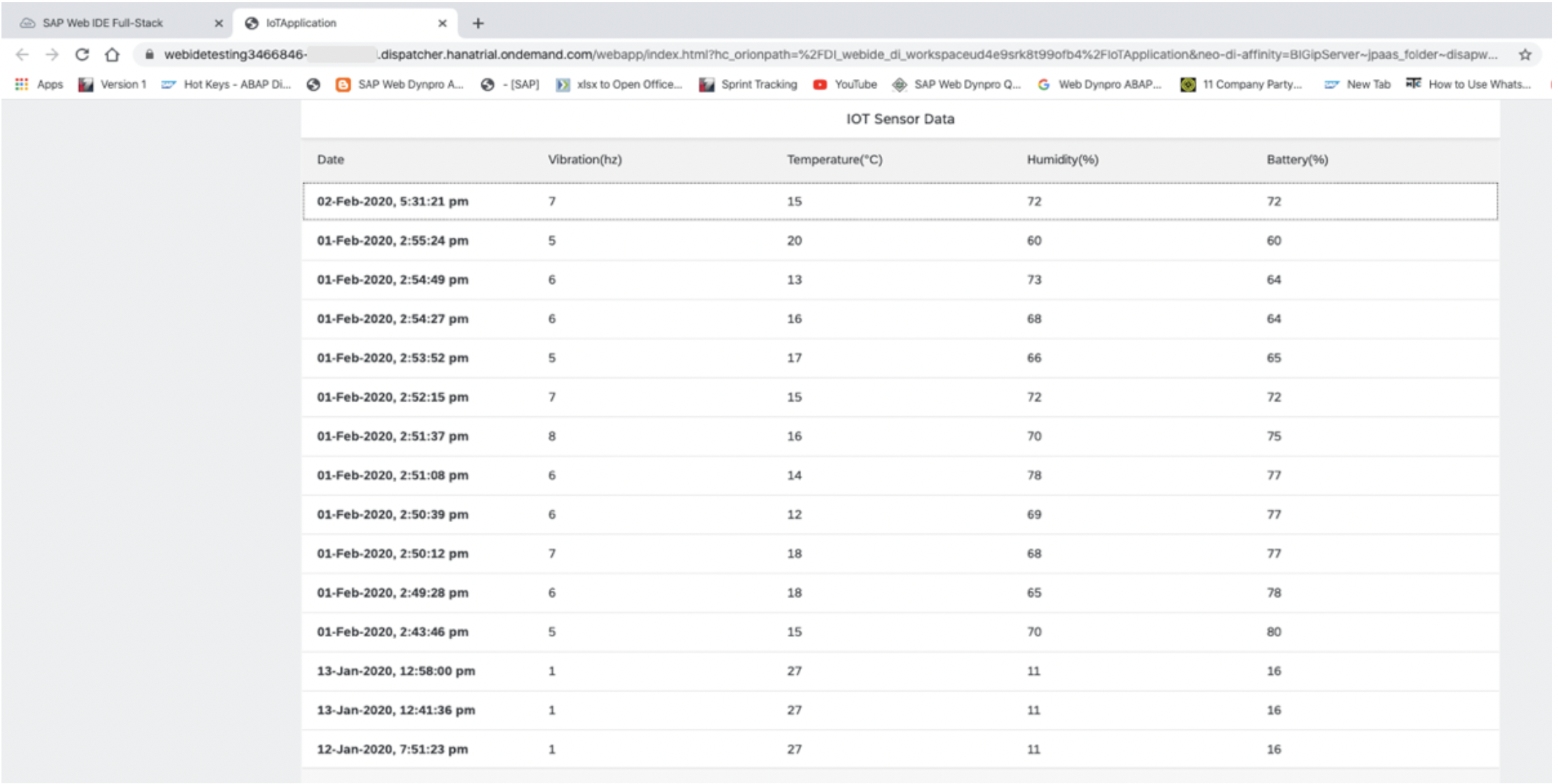Open SAP Cloud Platform Cockpit and register yourself, if you have already registered then logon with your user credential.
Click on Global productive account. User has to provide quota to services, purchased in the sub-account, to make them available. 'Note:- IoT services in cloud foundry environment are only available for productive accounts.'
Click on button ‘New Subaccount’. A popup will appear. Fill the details for new subaccount as shown in below screen shot and click button ‘Create’.
A New subaccount is created. Click on newly created subaccount. Click on button ‘Enable Cloud Foundry’.
There would be a popup for ‘Organization Name’ which will have default name ‘_.
On press button ‘Create’, It will create a new Cloud Foundry Organization with filled name. Now click on button ‘Create Space’.
A dialog would be opened and enter details as per shown in below screenshot and press button ‘Create’.
It will create a new Space with filled name and you can see newly added Space in ‘Space’ section.
Click on newly created Space. It will navigate to that space. You can see section ‘Service’ tab in left side of page. This tab is having 3 sections – Service Marketplace (SAP provided services for which user has taken subscription), Service Instances (Instances created by user), User Provided Services.
Click on first tab Service Marketplace. You can see tile for ‘Internet of Things’ service, if you have subscription for this service.
Click on this tile, user can see documentation and Standard plans for this service.
Click on ‘Instances’ in left most section and press button ‘New Instance’ to create a new instance of IoT Service. A popup will appear.
In first screen (Choose Service Plan), select ‘standard’ service plan and press button ‘Next’.
Next screen (Specify Parameters) is optional, so just press button ‘Next’.
Next screen Assign Application) is also optional, so just press button ‘Next’.
In last screen (Confirm), Enter a suitable instance name and press button ‘Finish’.
A popup will appear, press ‘OK’.
A new IoT instance will be created. Sometimes it may take significant amount of time.
On click of newly created instance, user will be navigated to detailed page.
Now create a service key for instance, for that select ‘Service Keys’ in left most section and click on button ‘Create Service Key’.
A popup will appear, enter an appropriate name for Service Key and press button ‘Save’.
It will create a service key, which contains instanceId (IoT instance Id), cockpitUrl (IoT Cockpit URL), username (Cockpit Username), password (Cockpit Password). Copy username and password, which will be required for IoT Cockpit Login screen.
Go to space ‘IoT Application Demo’ and select tab ‘Service Instances’ under section ‘Services’ in leftmost part of page. Click on icon ‘Open Dashboard’ in ‘Action’ column of rightmost part of page as shown in below screenshot.
On click of icon ‘Open Dashboard’, Internet of Things Service Cockpit is opened in new tab.
Enter username and password in login screen as mentioned in above step (you can find in below screenshot).
Press button ‘Log On’.
You can see Dashboard of ‘IoT Service Cockpit’.
In left side toolbar, select ‘Tenants’ tab and click on icon ‘+’ in right side of page to add a new tenant.
A new screen will be opened for tenant creation.
Enter a suitable tenant name and press footer bar button ‘Create’.
A new tenant is added with auto generated unique ‘ID’. Click on icon ‘+’ to assign user to tenant.
Popup will open to add member.
Enter user name as ‘root’ and role as ‘User’. Press button ‘Add’.
Click on tab ‘Tenants’ under ‘User Management’ Section. User can see newly added tenant and on click of tenant, user can see added users under ‘Members’ section of tenant.
Select tab ‘My Tenants’ under ‘User Management’ Section, all the tenants would be listed here.
Click on tenant ‘IotApplicationTenant’. It will navigate you to that tenant. Select ‘Device Management’ tab from left side toolbar where you can see Devices, Sensors, Sensor Types, Capabilities, Gateways etc.
Select ‘Capabilities’ under ‘Device Management’, click on icon ‘+’ to add a new capability.
A new screen will be opened. Enter a suitable capability Name, Alternate Id in General Information section and click on icon ‘+’ in Properties section to add properties as per your requirement. Add property Name and Data Type as shown in below screen.
Press footer bar button ‘Create’. A confirmation popup will appear, click on button ‘Confirm’.
Select ‘Sensor Types’ under ‘Device Management’, click on icon ‘+’ to add a new sensor type.
A new screen will be opened.
Enter a suitable sensor Name, Alternate Id in General Information section and click on icon ‘+’ in Capabilities section. Add capability from drop down as shown in below screen. Press footer bar button ‘Create’.
A new Sensor Type is added.
Select ‘Devices’ under ‘Device Management’, click on icon ‘+’ to add a new device.
A new screen will be opened. Enter a suitable device Name, Gateway (REST), Alternate Id in General Information section. Press footer bar button ‘Create’.
A confirmation popup will appear, click on button ‘Confirm’. Select tab ‘Sensors’ under ‘IotApplicationDevice’, click on icon ‘+’ to add a new device.
A new screen will be opened. Enter a valid sensor Name, Sensor Type, Alternate ID in General Information section. Press button ‘Confirm’ in confirmation popup.
Select tab ‘Certificate’ under ‘IotApplicationDevice’, press button ‘Generate Certificate’.
Select ‘pem’ in Certificate Type. Press button ‘Generate’.
A file with name ‘-device_certificate.pem’ will be downloaded to browser default download location and a popup will appear with Certificate Secret. Copy secret key which will be required for data ingestion.
Curl Command for data ingestion: - In MacBook curl command is already available. For windows you need to install curl command using link. https://stackoverflow.com/questions/9507353/how-do-i-install-and-use-curl-on-windows Open command prompt and go to the folder where pem certificate is downloaded.
Write command as shown.
Press 'Enter'. You can see status 202 which is an indicator that data has been successfully ingested in IoT Cockpit.
Select tab ‘Data Visualization’ under ‘IotApplicationDevice’, select sensor name which is assigned to device. Click on segmented icon ‘Tabular data or Graphicaldata’ on right most side of table toolbar.
Similarly, using curl command, you can push more data records and see it in tabular/graphical form as mentioned above steps.
Now click on ‘Tenant Information’ tab, user can see all the created Devices, Sensors, Sensor Types, Capabilities and Gateways.
Now we will create a destination to consume IoT data in SAP UI5 application. Go to subaccount ‘ibso-iot-services-poc’ and click on ‘Destination’ under ‘Connectivity’ section in leftmost toolbar of page. Click on ‘New Destination’.
Create a new destination as shown in below screen shot.
Press button ‘Save’.
Click on button ‘Check Connection’.
It will show message: Connection to {device} established. Response returned: “302: Found”
Click on Services in leftmost menu of page as we did for service ‘Internet of Things’. Select tile ‘SAP Web IDE Full-Stack’ and enable service, if not already done and click on link ‘Go to Service’. It will take you through SAP Web IDE portal, where we will develop SAP UI5 application.
Now right click on ‘Workspace’ to create new UI5 application using standard template.
In tab ‘Template Selection’, choose tile ‘SAPUI5 Application’ and press button ‘Next’.
In tab ‘Basic Information’, Give a suitable Project Name and Namespace and press button ‘Next’.
In tab ‘Template Customization’, Enter view name and press button ‘Next’.
In tab ‘Confirmation’, Press button Finish’.
User can see newly created UI5 application under workspace folder.
Open neo-app.json file.
Add highlighted code in neo-app.json so that UI5 application can connect to IoT data through created destination.
Open Main.view.xml file.
Add code as shown in below screenshot to show table in UI5 application.
Open Main.controller.js file.
Add code as shown in below screenshot to get data IoT data.
Right click on project and press Run -> Run as Web Application.
A Popup will appear, select ‘index.html’ and press ‘OK’.
A UI5 application will be loaded in new tab with IoT data as shown in below screen.







